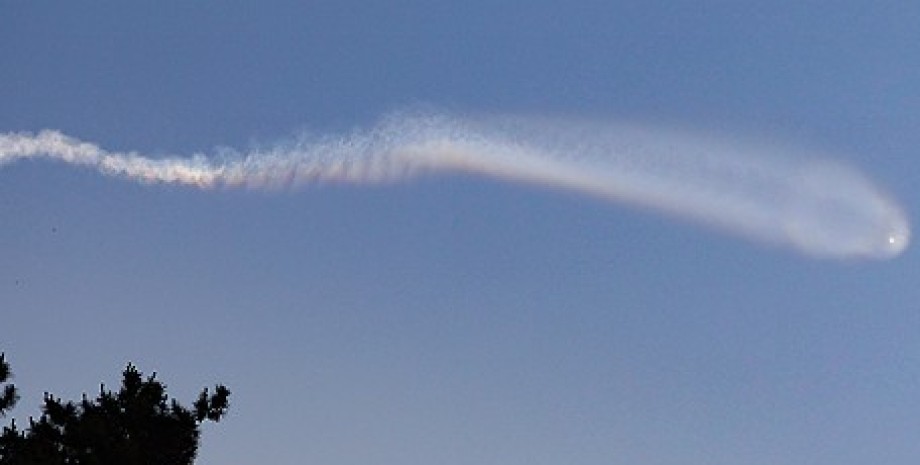
On Wednesday, June 26, reports the South Korean News Agency for Yonhap. The Joint Committee of the Chiefs of Staff of the Republic of Korea (OKNSh) reported that the rocket was launched from Pyongyang or its surroundings at about 5:30 in the morning. South Korea and the United States are currently conducting a detailed analysis.
According to Yonhap, the military source confirmed that North Korea probably conducted a test launch of a hypersonic rocket, but it failed after the rocket flew about 250 kilometers. Later, an OKNSh representative, under anonymity, told reporters that the rocket had exploded in the air above the waters near the eastern coast of North Korea. He noted that there was more smoke from the rocket than during previous launches, which could indicate burning problems.
According to him, the rocket may have used solid fuel. It is more difficult to detect solid fuel missiles before starting, as they require less preparatory procedures compared to liquidophalival missiles. The launch of the rocket was visible near the northwestern border island of Enphendo in the Yellow Sea on June 26, 2024 (Yonhap).
The journalists noted that the launch of the rocket occurred after the DPRK condemned the arrival in South Korea, USS Theodore Roosevelt and warned of the use of "supplies and new" restraint measures against "provocative" actions. The aircraft carrier arrived in Pusan, located 320 kilometers southeast of Seoul, on Saturday on the eve of Tripartite exercises with South Korea and Japan.
President Yun Suk Yel climbed on board the aircraft carrier on Tuesday, saying that this visit symbolizes the "solid" commitment to the safety of South Korea and that the tripartite cooperation between South Korea, the US and Japan will become a powerful means of restraining.
In addition, it is noted that the launch of the rocket also occurred after North Korea signed a treaty on comprehensive strategic cooperation with Russia at the summit between Russian President Vladimir Putin and North Korea leader Kim Jong -in. The contract contains the promise of the two countries to help each other in the event of an attack. Hypersonic missiles are included in the list of complex weapons, which Kim Jong -in promised to develop at the 2021 party congress.
These missiles move at least 5 strokes, which is five times higher than the speed of sound, and are intended for maneuvering on unpredictable trajectories and flights at low altitudes. In April, North Korea declared a successful test of a new medium -range ballistic missile equipped with a hypersonic warhead. The launch on Wednesday occurred a few hours after North Korea sent garbage balloons for the second day in a row.
Since the end of last month, the DPRK has estimated more than 2,000 such balls in response to Anti -Penyan propaganda cards that are sent by North Korean defectors and activists in the south. The last North Korea launched several small -range ballistic missiles into the Japanese Sea on May 30.
We will remind, on June 25 it was reported that in South Korea reported that they found another 350 balloons with garbage that flew from the DPRK on the background of increasing tension between the two countries. We will also remind, immediately after the departure of President of the Russian Federation Vladimir Putin from the DPRK, the South Korean soldiers were forced to open fire on dozens of North Korean servicemen who crossed the demilitarized zone.










All rights reserved IN-Ukraine.info - 2022